Indonesia is a territory made up of more than 17,000 islands and a population of more than 255 million. With this geographical and population diversity, we can already imagine how rich the mixture of their cultures is. For example, did you know that 87% of the population professes Islam, that of the country’s nearly 3,000 universities, only 3% are public, or that Jakartans spend an average of 9 hours a day on their phones and tablets?
SEE ALSO:
- Top 10 Friendliest Cities in the World
- 9 Strange and Interesting Places in Google Earth
- 27 Magical Towns Around the World
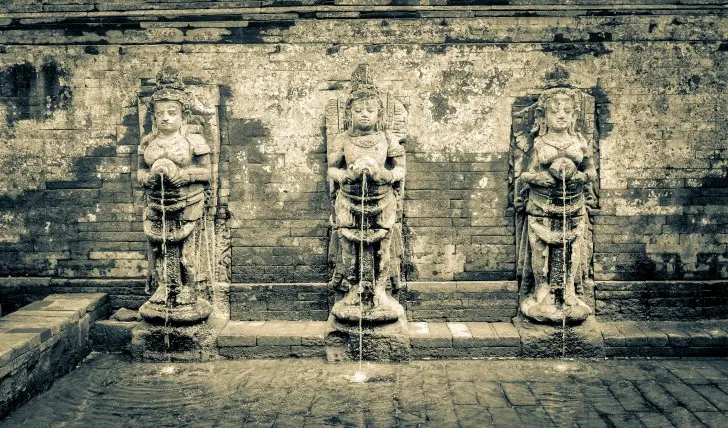
Milk-white skin.
In Indonesia, many young women often flee from the sun like a vampire flees. In that region, the medieval idea that white skin is much more beautiful is still in force. Under the premise of skin lightening, a large number of products are marketed in Indonesia, many of which are harmful to the body.
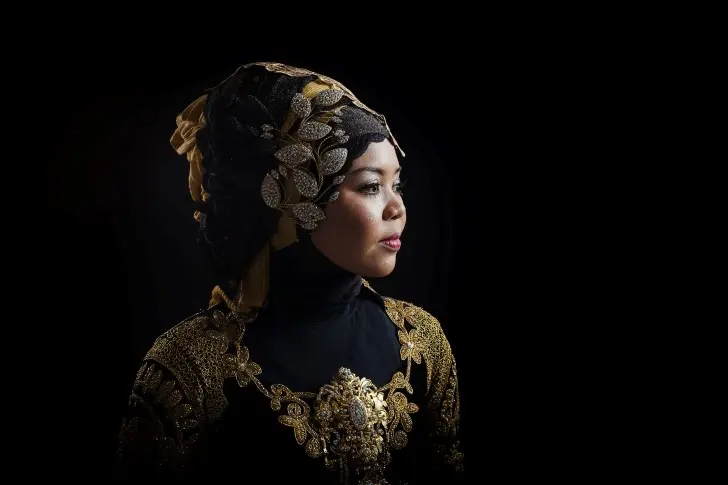
The dead man in the tree.

In the village of Trunyan in Bali, descendants of the native inhabitants of the area preserve a strange tradition in which they avoid burying their dead. Instead, they let time and the elements break them down under the banyan trees, a sacred tree they refer to as “taru menyan.” When only the bones remain, they carefully arrange them in the immediate vicinity of the forest.
Grandma’s remedy.
In both Java and Bali there is a very popular handmade remedy made from turmeric called Jamu. Instead of eating this plant, Indonesians prepare it in the form of an elixir with other roots, flowers, leaves, seeds, fruits, royal jelly, honey, milk, and even eggs (the recipe varies from community to community). And they use it for many things, but especially to relieve flu symptoms.
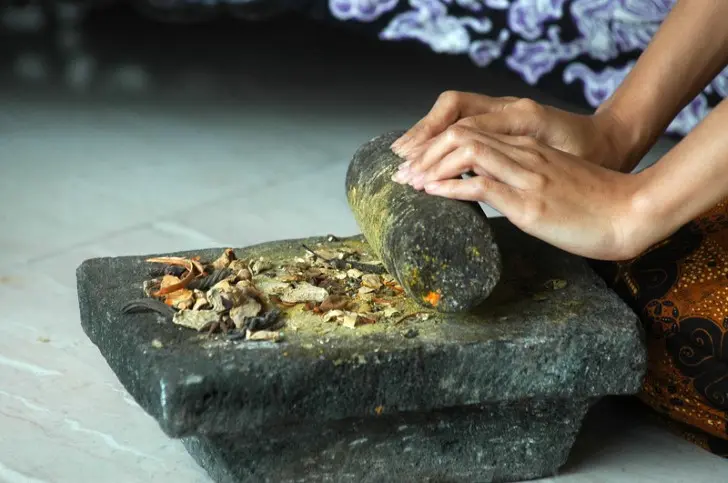
There is strength in numbers.
Community work is a very common practice in Indonesia, mainly because its culture believes that human beings depend on each other, and that certain goals can only be achieved through teamwork. What’s more, the Indonesians’ tradition of helping each other even has a name: “Gotong Royong.”
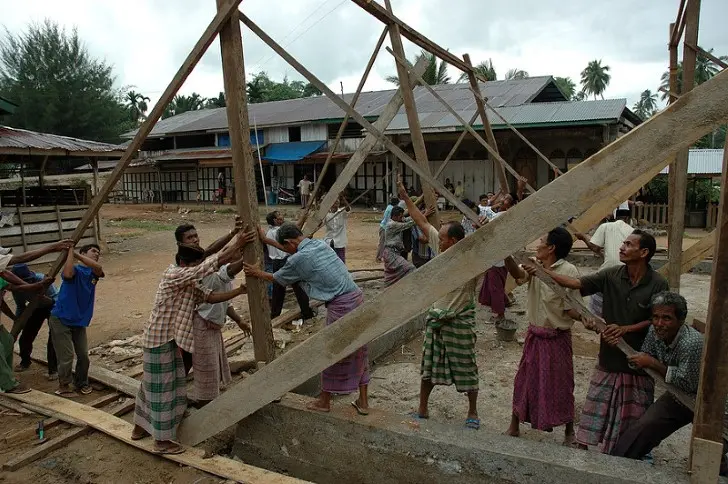
Multicolored village.
The Kampung Warna-Warni (“village of colors”) was just another village in Indonesia with a somewhat precarious economy and little tourist attraction. However, the economy underwent a radical change after residents agreed to paint their homes in all kinds of colors in vibrant hues.
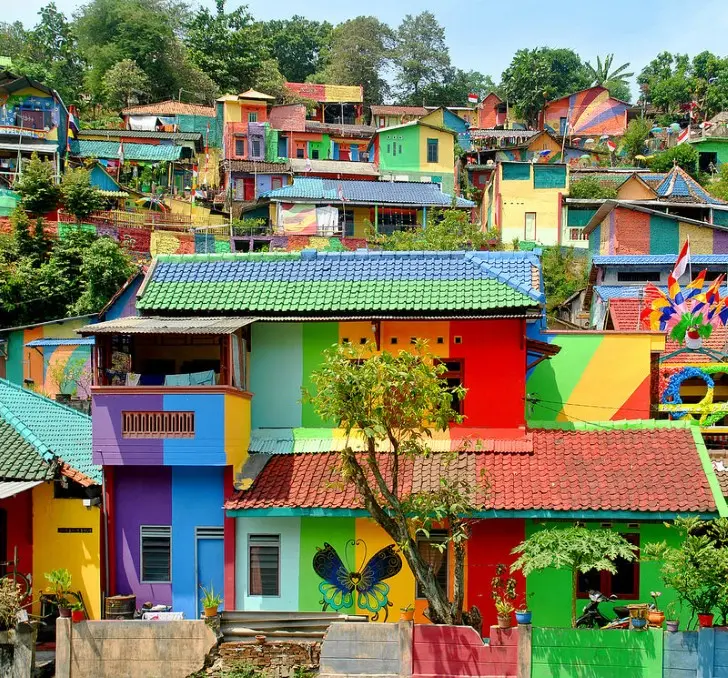
Love for rice.
A popular saying in Indonesia is that “you didn’t eat well if you didn’t eat rice.” Cereal is such a staple and essential food for Indonesians that they can consume it for breakfast, lunch, and dinner.
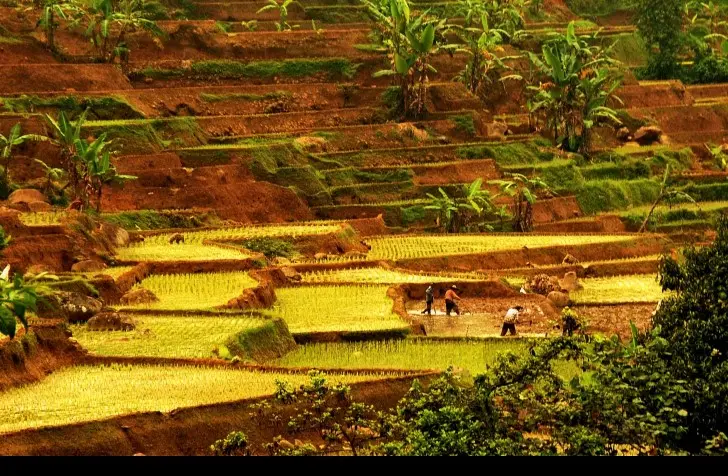
Scares that give pleasure.
The cave in the picture is called Goa Gajah, and it seems to be the ideal place to practice human sacrifice, especially because of the terrifying figure carved into the rock. However, the interior of the compound, located in the vicinity of the city of Ubud, is used for meditation and relaxation rituals.
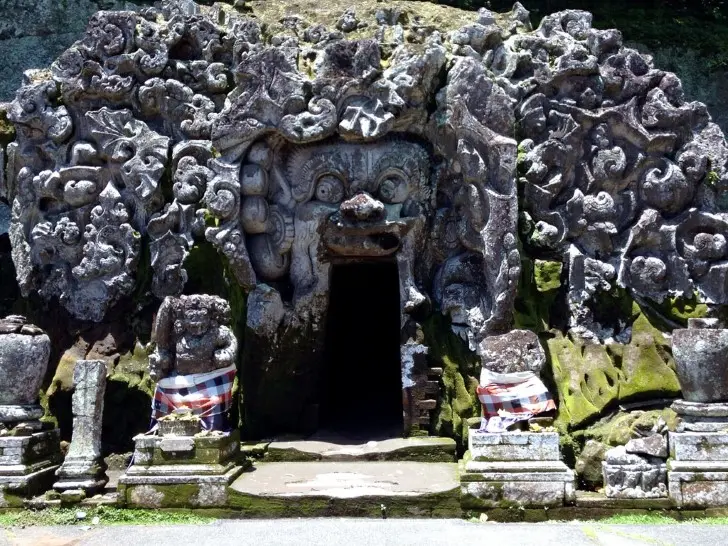
Laws out of place.
In the town of Purbalingga, all those who wish to wear jewellery must wear precious stones from the region. On the other hand, the government employees of Gorontalo who are married have a very dark time every fortnight, as a law obliges them to immediately deposit the full salary to their wives to “avoid fights”.
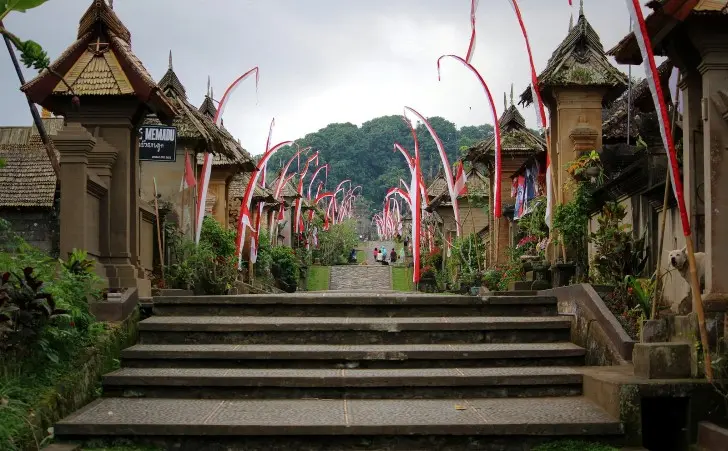

Comments